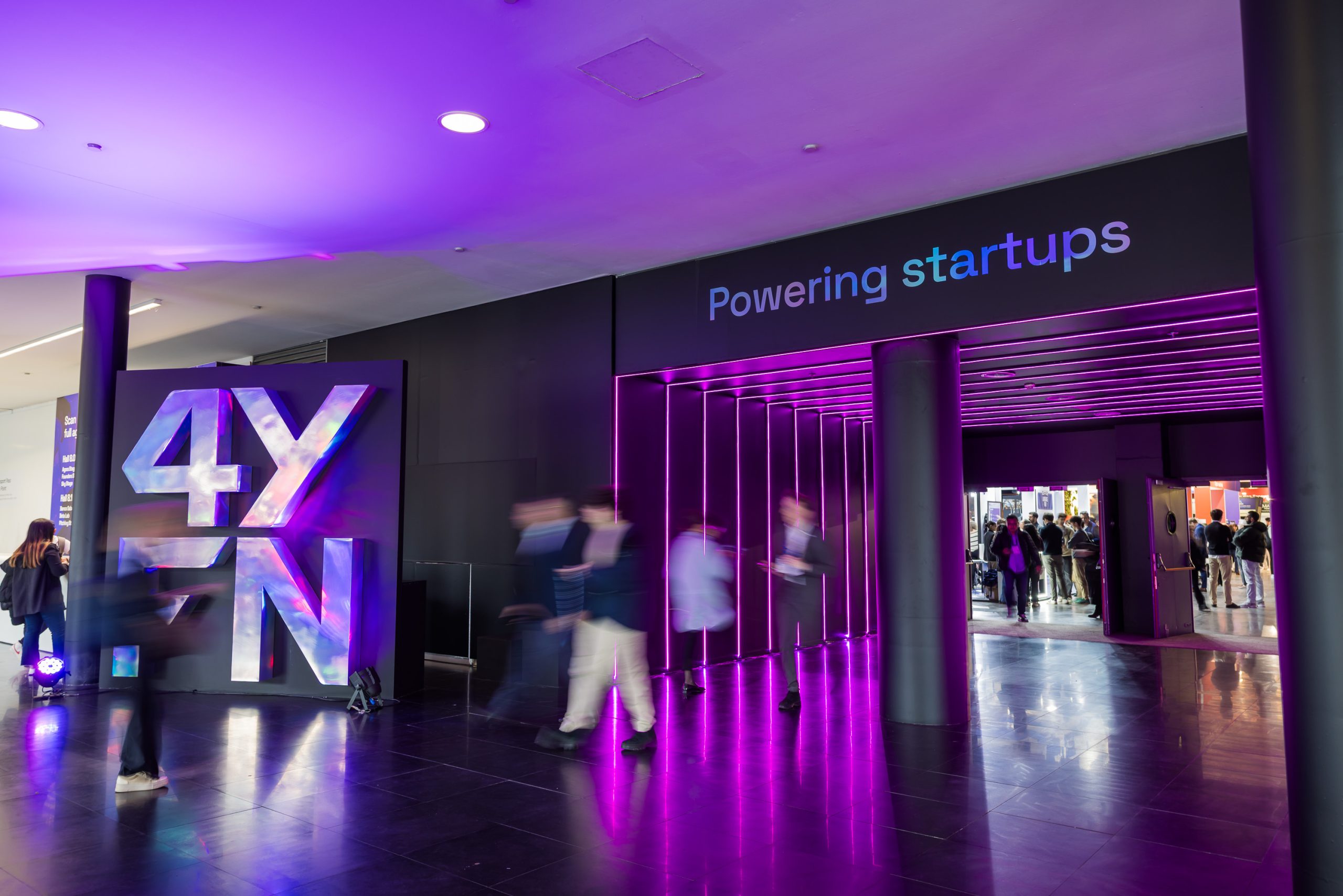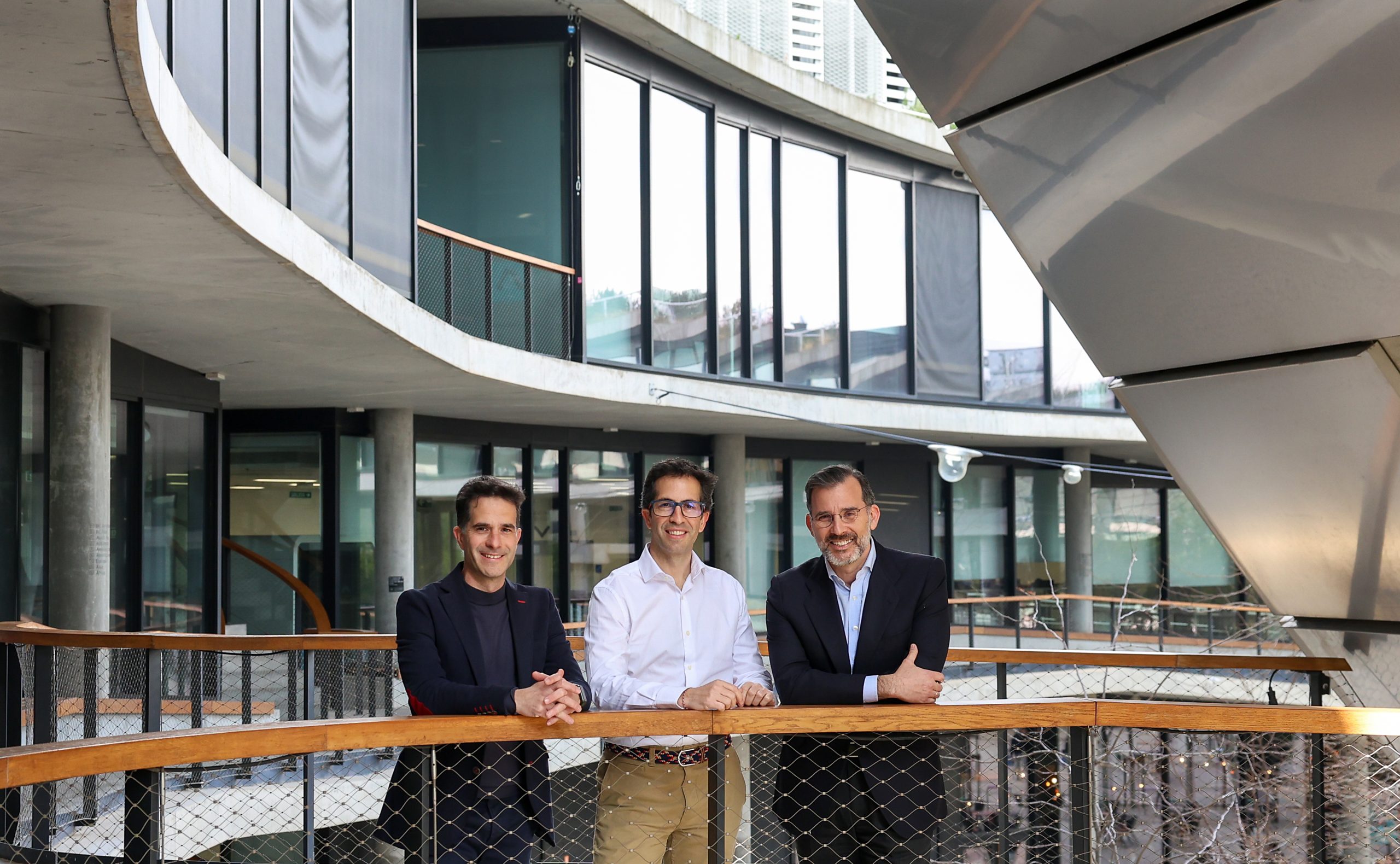Quantifying carbon footprints: the first step in climate action
You have to have knowledge before you can act. Using technology to calculate environmental impacts, in addition to safeguarding the health of the Earth, allows companies to manage their energy consumption more efficiently and is a facet of competitiveness and a way to differentiate their services.
Since 1990, global emissions of carbon dioxide (CO2) have increased by almost 50%, reaching record levels in 2019, according to United Nations data. Even the Internet pollutes – every click on Google’s search engine has a cost of 12 grammes of CO2 and, according to MIT Technology Review, the activities required to mine bitcoin cryptocurrencies generates the same level of emissions every year as the whole of Kansas City in the US.
Nowhere in the world is safe from this climate crisis, the consequences of which are on the verge of reaching irreversible levels. Rising temperatures are the direct cause of changes in sea levels and weather systems, causing increasingly extreme phenomena, affecting the lives of millions of people and having an impact on national economies.
For all these reasons the Paris Agreement was signed in 2015, the first legally binding agreement on climate change. It demands that global warming be maintained “well below” 2°C. In addition, the United Nations warns that we should view the new paradigm following the Covid-19 pandemic as an opportunity to carry out a systemic shift to a more sustainable and healthy economy for people and the planet.

Corporations need to improve their energy efficiency, reduce their carbon footprint and set targets to decrease emissions
What is the role of companies in this challenge? Together with governments, the business world must also make proposals to tackle the climate crisis. According to the United Nations, to “be part of the solution”, corporations need to improve their energy efficiency, reduce their carbon footprint and set targets to decrease emissions. To achieve this, they need to commit to innovation and technology.
The decisions we make today will shape the economy of the next few decades and will be decisive in achieving climate neutrality, i.e. when the amount of gases emitted is equal to the amount taken back or absorbed by the planet naturally. For this to be feasible, we have to combine reducing emissions, offsetting those that cannot be avoided and measuring carbon footprints. The last of these terms refers to the indicator that helps quantify the amount of greenhouse gases released – those that trap heat from the atmosphere, such as carbon dioxide (CO2) or methane (CH4).
Innovation at the service of the planet
It is therefore vital to try to measure, plan and minimise the impact of any activity. BBVA has added a new tool to its financial aggregator One View. Using data analysis, this tool helps the bank’s business customers reduce energy costs and achieve an ecological transition that will open doors to new lines of business.
“As far as BBVA is concerned, a company that fails to deal with sustainability issues will not be viable in the future”, says the financial institution’s Program Manager Pablo Fernández Armirotti. When customers access the electronic banking app, they find out the carbon footprint of all their activities and receive recommendations on the actions they could take to optimise their energy use, improving their bottom line as a consequence. This information is presented in a simple way, using references such as the number of journeys by air equivalent to the tonnes of carbon emitted, or the number of trees that would need to be planted to reduce these emissions.

According to Fernández, the main benefits of the tool are that it is free for customers to use and it requires no previous knowledge of the subject – to obtain a calculation it does not require you to answer questions or attach extra documents. “Users can see at a glance, month by month, how much money they have spent and how much CO2 they have emitted, and compare that data with the year before”, he explains.
It also allows them to compare their footprint with that of other companies in the same industry that have a similar turnover and number of employees, so that they can set their own reduction targets.
Companies as the trailblazers of change
Along the same lines, Greemko, winner of the Best Startup Award at the Climate Leaders Awards, automatically captures and reports its customers’ environmental footprint. “Technology makes it possible to have automatic, simple and traceable environmental performance data available. These are the main source of information for establishing reduction plans, and to see if the objectives that are being set are effective”, indicates the company’s CEO and co-founder, Jorge Portillo de Armenteras, who last year took part in a BBVA Open Innovation InnovaHome Festival event.
The organisation’s aim is to “make it easy for businesses, particularly SMEs” on their journey towards sustainability and transparency, something that is increasingly in demand with regard to environmental matters. In this regard, Portillo explains that Greemko provides support to its customers throughout the process, from calculating emissions to issuing a report and a mitigation, registration and off-setting plan.

The startup was a finalist in the 2019 edition of BBVA Open Talent and took part in the BBVA Open Summit that same year, where Greemko’s solution was used to calculate the carbon footprint of the attendees’ journeys to reach the event. They are also responsible for registering the carbon footprint at the Ministry for the Ecological Transition and the Demographic Challenge, through the Spanish Climate Change Office. According to the co-founder, “it’s essential to increase companies’ competitiveness, by allowing them to participate in public tenders and to gain approval from large customers”.
He adds that, nowadays, companies’ environmental departments are highly focused on reporting data and that they make their calculations manually, which swallows up capital that could otherwise be put towards active impact management to try to reduce it, which is important. “The main advantage of Greemko’s automatic reporting is that the company can free up resources and allocate them to higher value-added tasks,” Portillo insists.
In addition, the expert maintains that companies can be major “forerunners of change” if they leave aside reactive environmental management and manage to raise awareness of sustainability among both suppliers and customers. Finally, he highlights the role of the financial sector in enabling companies to invest, for example, in more efficient equipment and environmentally friendly vehicles.
Blockchain to help remove intermediaries
The startup Climate Trade is one more example of how technology and innovation can help businesses to align their corporate social strategy with sustainability. “Our UN Sustainable Development Goal is Climate Action, and what our company does is to offset the carbon footprint”, says CEO Francisco Benedito. They were also one of the winners of a sustainable tourism competition run by the World Tourism Organization and innovation hub Wakalua, which BBVA was involved with.
The differential values of this platform are the transparency and traceability provided by blockchain technology, he explains: “Bringing transactions together into nodes allows us to track money easily and securely.”

In this way, Climate Trade puts sustainable project developers in direct contact with companies that want to offset their carbon footprint, getting rid of the intermediaries that previously managed traditional carbon markets. “The advantages include the reduction in costs and the fact that payments made through our platform are very fast”, notes the CEO of the startup, which has just taken part in one of the BBVA Open Innovation InnovaHome Festivals.
The private sector, a leading player in climate action, has many options to include innovation and technology in its roadmap, and to minimise its emissions and carbon footprint, contributing to a better future.



